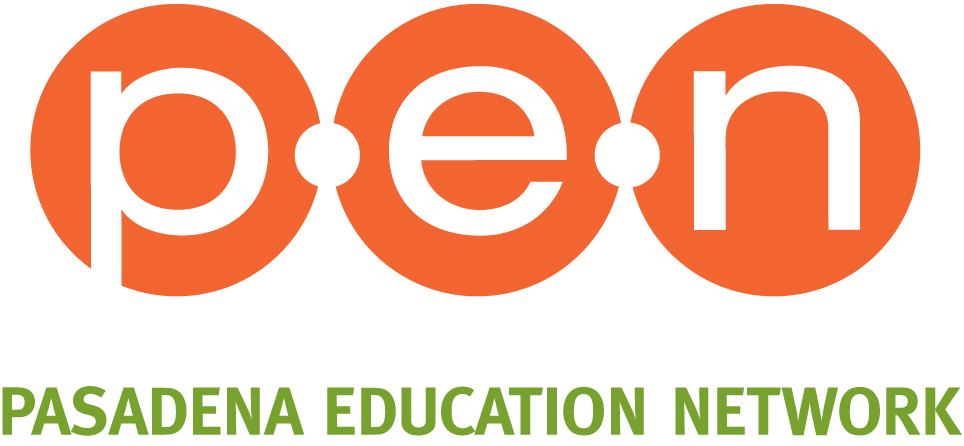Ask PEN: "Remote" vs. "Online" learning * Canvas * Why not Zoom?
We’ve all been on a steep learning curve as plans for the start of the school year take shape and continue to evolve. “Ask PEN” posts address some of the frequently asked questions and points of confusion we’ve seen coming up on social media and elsewhere.
This post’s Ask PEN topics:
- Remote Learning vs. “100% Online” (and “Online” vs. “Hybrid” options)
- Canvas vs. PowerSchool
- Why not Zoom?
How is the “100% Online” option different from “Remote Learning”? How is it different from the “Hybrid” option?
*NOTE: On July 24, the Superintendent announced that ALL students will begin the school year on August 17 using the same 100% Online Learning Model. The District is still developing two options (the 100% Online and a Hybrid model), but whereas initially PUSD had planned to deliver both options remotely at the start of the school year, it will instead start the fall semester with all students enrolled in the 100% Online model. "Later in the fall semester, parents will be asked to indicate whether they want their student(s) to stay with the online-only model or participate in the hybrid model once it is deemed safe to offer in-person instruction."
- So... what's the difference between "Online" and "Remote" learning?
The 100% Online model was designed to be delivered entirely online, using a holistic approach (project-based rather than task-based learning) developed by Arizona State University and adapted to support PUSD’s core curriculum. Instruction will be delivered by PUSD teachers, using a learning management system (Canvas) and virtual conferencing software (WebEx) that is better designed to support online instruction.
The Hybrid model uses a combination of in-person and remote learning, where the time students and teachers spend together in the classroom is used intentionally for activities and assessments most effectively conducted in person. During the remote learning portion of the hybrid model, students still get some direct, interactive instructional time with their teacher via Chromebooks, as well as learning activities to do on their own.
Families will be asked later in the fall semester whether they wish their students to continue in the Online learning model or make a transition to the Hybrid model of instruction. The earliest this is likely to be offered would be mid-October at the beginning of the 2nd quarter. However, this will depend on public health conditions, and the switch may not occur before the end of the first semester. (The District’s Health Director is in daily communication with the City of Pasadena’s Public Health Department, as well as County and state public health officials.)
Either way, students will remain enrolled at their school site. Both the Hybrid and Online models will provide supports for English language learners and students receiving special education services, and both utilize a standards-based curriculum that is NCAA and UC A-G approved. The Hybrid model is designed to support special programs such as dual language, GATE, AP, IB, and magnet programs. The 100% Online model is not designed to deliver special program instruction, but "supports are in development for special programs such as DLIP, AP, IB, Magnet, etc."
The District's website "Reopening Page" includes the full text of the Superintendent's message, including an update on childcare & afterschool care plans.
What is Canvas? What do I need to know to support and monitor my child’s use of this new system?
Canvas is what is known as a “learning management system” (LMS), a software platform for delivering educational programs, including online course content, learning tools as well as synchronous (real-time) instruction or teacher-student interactions. It allows teachers to track student “attendance” and participation, identify and address learning gaps. It facilitates teacher communication with individual students, groups of students, or the class as a whole as well as with parents. Parents and caregivers can set up an “observer” account to monitor their child’s school activity and can customize reminder and notification preferences to stay in touch when, and how, they prefer.
When schools shut down last March, PUSD quickly adapted its existing models of classroom instruction to a Remote Learning situation, using the existing learning management system (PowerSchool) and Chromebooks. While having Powerschool and Chromebooks in place allowed for a quick transition, PowerSchool was not designed to handle the entire District being in a remote learning situation, and some of the problems students experienced resulted from the limitations of that system. Canvas is more user friendly (for teachers as well as for students and their families) and better designed to support everyone in the District relying on it for daily instruction.
Teachers are being trained on using Canvas, and the District is planning orientation sessions for parents and caregivers. PEN will keep you posted when we know more about where and when those are taking place; you can also keep an eye on the Family Resource Center’s Parent University page.
Why doesn’t the District use Zoom for virtual class meetings?
There were a lot of issues raised last spring around the limitations of Google Meet as a tool for synchronous (real-time) instruction. Many parents asked why the District couldn’t just use Zoom instead. The short answer was that it did not afford the privacy/security features that the District required. But PUSD’s Technology Services department took note of the lessons learned during the “emergency remote learning” experience, and has switched from Google Meet to WebEx as its online conferencing and remote calling system.
In his department’s July issue of TechBytes, Technology Chief Tendaji (“TJ”) Jamal notes that “WebEx will allow for us to streamline our systems for synchronous instruction, meetings/conferencing, messaging, and calling,” with many features that were not available through Google Meet. (Students will no longer use Google Classroom, either.) The District is in the process of integrating WebEx into Canvas, so that teachers and students can use the WebEx conferencing features seamlessly as part of the Canvas learning platform.
